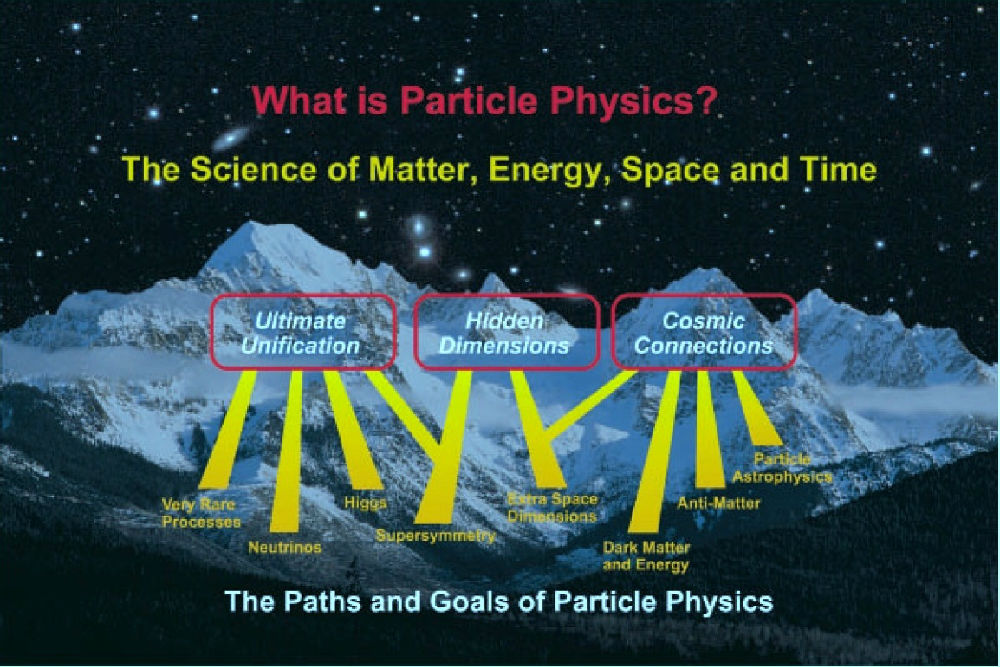博文
物理的群山
||
爱因斯坦(与Infeld)在《物理学的进化》(The Evolution of Physics)里将理论进步比作登山——虽然很多人把探索比作登山,但大多比的是艰辛和奋斗,而不是科学的图景,与老爱的比喻无关——即物理学的演化犹如景观随攀登者的脚步变化(第三章第4节):
……creating a new theory is not like destroying an old barn and erecting a skyscraper in its place. It is rather like climbing a mountain, gaining new and wider views, discovering unexpected connections between our starting-point and its rich environment. But the point from which we started out still exists and can be seen, although it appears smaller and forms a tiny part of our broad view gained by the mastery of the obstacles on our adventurous way up.
这也就是戴南山说的,“大抵雁荡诸峰,巧通造化,移步换形。”“造化”就是老爱追寻的理论。换句话说,物理学的进化是眼光的抬升——像前些天我说的西方净土壁画一样,从仰视到俯视,看到的都是整体景观的变化。
我找老爱“登山喻”的原话时,才注意到老爱也强调过这种整体性:It is really our whole system of guesses which is to be either proved or disproved by experiment. No one of the assumptions can be isolated for separate testing。老爱是说实验检验的是整个假设(猜想)系统,而不是单个的假设。这儿特别引这句话,是因为我顺便看到有个中译本是这么翻译的:“凡是要用实验来加以证明或推翻的结论实际上都是一些猜测罢了。但是没有一个假设可以从其他的假设中分离出来进行单独的实验。”即使不看原文,也有理由怀疑前半句有问题,且不管意思,单看句式就有问题。
偶然看到费米实验室有一个图,也用群峰来呈现物理学景观,问题是它的路径都是从下往上,是“仰视”,未必能通向顶峰,似乎还需要一个想象的俯视的景观路线。

https://blog.sciencenet.cn/blog-279992-1035231.html
上一篇:从供养到自养
下一篇:敦煌的书法
全部作者的精选博文
- • 被拍卖的爱因斯坦方程
- • 彭罗斯的新物理狂想曲
- • 再说霍金彭罗斯
- • 彭老说黑洞
- • 314与137
- • 爱丽丝镜子里的时空奇点
全部作者的其他最新博文
- • 被拍卖的爱因斯坦方程
- • 彭罗斯的新物理狂想曲
- • 再说霍金彭罗斯
- • 永遇乐 辛丑元日还乡
- • 望海潮 元旦过锦江
- • 北京至成都过五城